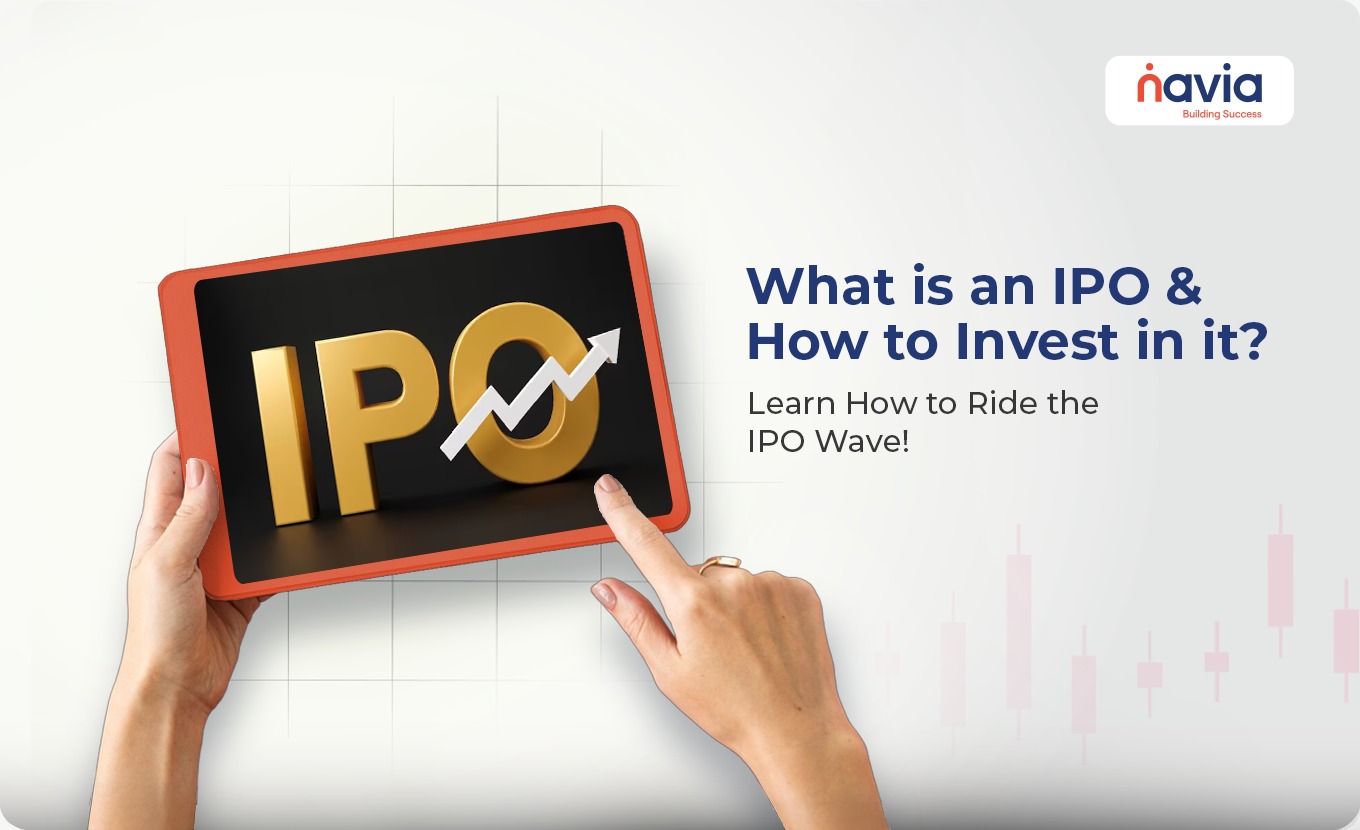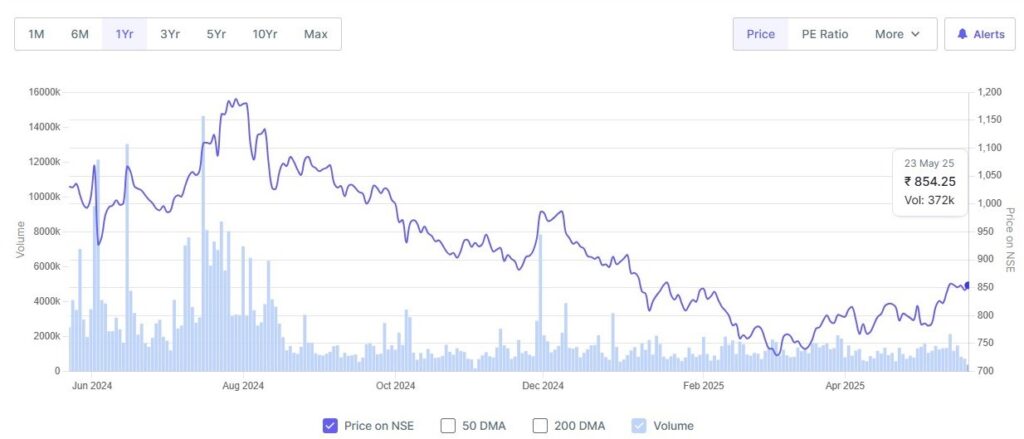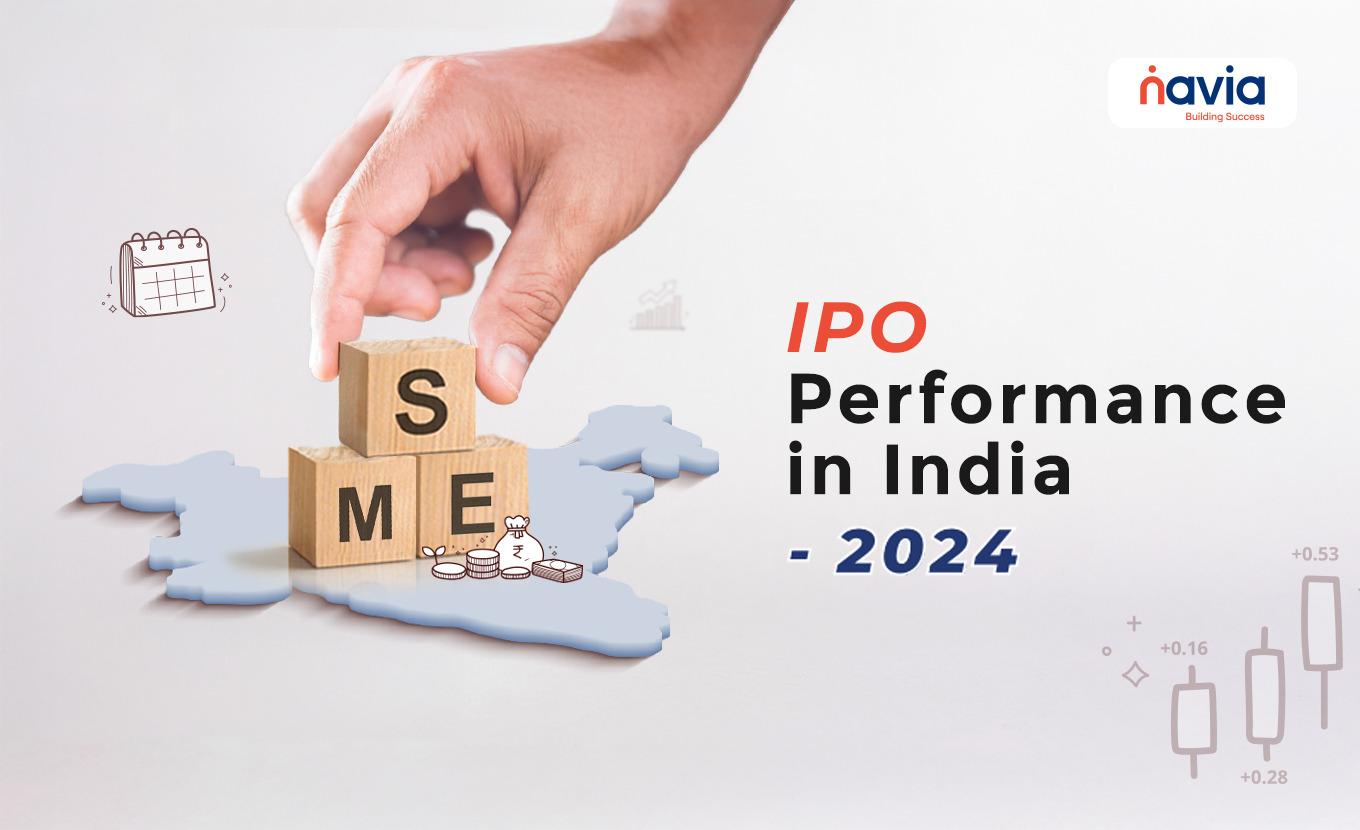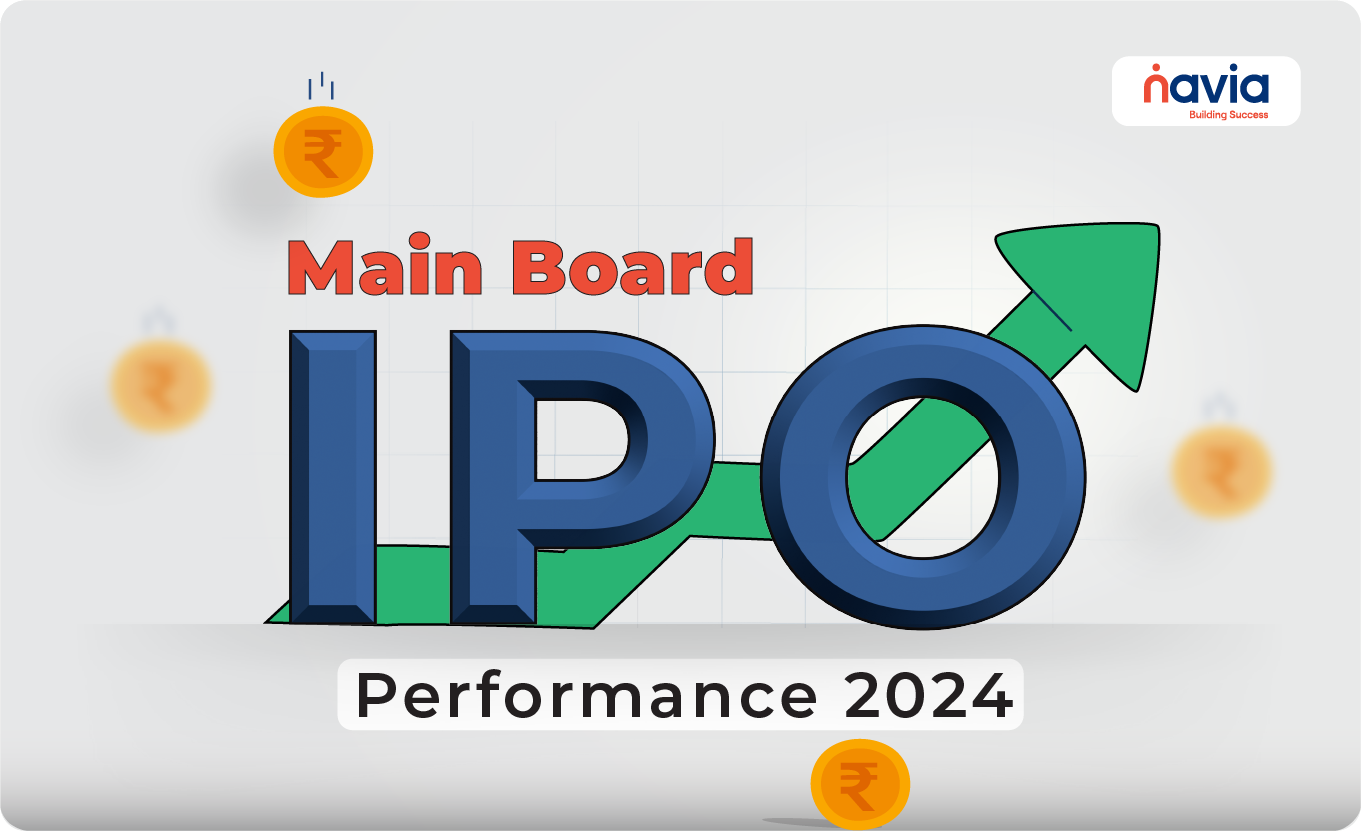What is an IPO and How to Invest in it?

IPO (Initial Public Offering) is a popular term in the stock market industry. It offered a chance to the investors to get in early on a company’s growth journey. But what is an IPO in the stock market and how does it work? This blog will break down everything related to the term, from the meaning of IPO, types of IPO, how to invest in IPO, to the risks and returns of it. If you are a beginner in the stock market and seeking to know about it this guide will help you understand it to make your journey successful.
What is Initial Public Offering (IPO)?
An Initial Public Offering or IPO is the process of a private company offering their shares to the public for the first time to get listed on a stock exchange. It allows the company to raise capital from public investors, that is used for their business expansion, debt repayment or general corporate purposes.
In simple words, IPO in the stock market refers to a company’s debut in the public equity market.
Types of IPO (Initial Public Offering)
There are two types of IPO’s available, they are;
Fixed Price Issue
When a company decides to sell its shares to the public for the first time at a pre-determined price, it is known as a Fixed Price IPO. In this method, the issue price of the shares is disclosed in advance to the investors. To apply for shares, investors must pay the full price at the time of application. And the demand for the issue is revealed only after the issue closes.
Book Building Issue
In Book Building Issue the company initiates an IPO and offers 20% price bans on the stocks. The investors can bid on the shares before they decide the final price. But they must mention the number of shares and the amount they are ready to pay per share in detail. The lowest share price is known as the floor price and the highest stock price known as the cap price. And the final decision about the price of the share is determined by the investor’s bids.
How Does an IPO Work?
The IPO process includes some key steps and is called as the IPO cycle, they are;
Preparation Phase
Before initiating IPO, the company should prepare financial statements, business plans and other essential documents.
Filling of DRHP (Draft Red Herring Prospectus)
The company must register it with regulatory authority SEBI (Securities and Exchange Board of India) in India. They should submit detailed information about the company business model, financials and risks.
Selection of Stock Exchange
Now the company should select the exchange there they have to list its shares; they have to follow an application of the selected exchange.
Marketing Phase
The company and their underwriters conduct a “roadshow” there they will meet other investors to promote their IPO.
Pricing
The pricing of the IPO is based on the demand of the investors and the final prospects called Red Herring Prospectus (RHP).
Allocation
The shares of the company are allocated to different categories like Qualified Institutional Buyers (QIB), Retail Individual Investors and Non-Institutional Investors.
Public Launch
After listing company shares on the stock exchange like BSE or NSE, on the IPO day the shares are available for trading and the public can buy or sell the shares at market prices.
How to Invest in an IPO?
Here’s a simple step-by-step guide to help you get started with IPO investments through Navia:
Step 1: Open a Demat and Trading Account with Navia
Step 2: Log in to the Navia app and navigate to the ‘Account’ section
Step 3: Tap on ‘IPO’ to view the list of currently open IPOs
Step 4: Select the IPO you wish to bid for and click ‘Apply’
Step 5: Enter your bid details such as quantity and price (within the specified price band), and proceed using your net banking or UPI payment method
Step 6: Your funds will be blocked in your account until allotment
Step 7: Check your allotment status—if allotted, the shares will be credited to your Demat account
Historic Returns from IPO
You must understand that a stock will continue to trade at or above the initial offering price. Once it’s started trading in on a stock exchange you should prepare your mind to face both profit and loss. Most people buy invest in IPOs to enter the company’s early stage of life cycle to get potential future growth.
The screenshot presents a review of the Life Insurance Corporation of India (LIC) IPO performance from June 2024 to April 2025, highlighting the fact that IPO returns can fluctuate within milliseconds.
*Source: Screener

Benefits of Investing in Initial Public Offering
🠖 Early Investment Opportunity: Be among the first investors in a potentially high-growth company.
🠖 Potential Listing Gains: Some of the IPOs deliver strong returns on listing day.
🠖 Transparency: Regulatory filings and disclosures before the IPO offer detailed insights.
🠖 Brand Value: Often involves popular and growing companies entering the market.

Drawbacks of Investment in IPO
🠖 Uncertainty: It has the chance of underperforming stock after listing.
🠖 Overvaluation Risk: IPOs can be overpriced based on hype.
🠖 Limited Information: Financial history may be limited, especially for newer companies.
🠖 Allotment Not Guaranteed: High demand may result in partial or no allotment.
Terms You Should Know Related to IPO
| IPO GMP (Grey Market Premium) | An unofficial premium at which IPO shares are traded before listing |
| Underwriter | Third party like broker or financial institutions to assist with you underwriting the stocks |
| Lot Size | The minimum number of shares you can apply for |
| Price Band | The range in which you can place your bid |
| DRHP (Draft Red Herring Prospectus) | A preliminary document of a company that submit to SEBI |
| ASBA (Application Supported by Blocked Amount) | Where your money is blocked until allotment |
| Fixed Price IPO | The predetermined issue price decided by a company |
| Under Subscription | It occurs when investor demand is lower than the number of shares offered |
| Oversubscription | It occurs when investor demand exceeds the number of shares offered. |
Things to Remember Before Investing in IPO
🠖 Read and understand DRHP to get information about the company’s financials and risks.
🠖 IPOs are not risk-free so assess your risk appetite.
🠖 Always you need a well-defined investment strategy before investing in an IPO.
🠖 Note the lock-in period, this is the duration during which you cannot sell or trade the shares after making the initial investment.
Conclusion
IPO offers a golden opportunity to all the investors to invest in leading companies at the early stage and face the benefits and risks together. So before diving into the big market you must be aware about what is an IPO, how does an IPO work and the related terms like IPO GMP and IPO investment process that will help you make good decisions.
Want to get started with IPO investing? Open your demat account today in Navia and tap into the next big market debut!
Do You Find This Interesting?
Frequently Asked Questions
How long does it take to process an IPO?
An IPO typically takes 4 to 6 months to process from planning to listing.
What is an IPO?
An IPO (Initial Public Offering) is the process by which a private company offers its shares to the public for the first time to raise capital.
Is IPO a good investment option?
An IPO can be a good investment if the company has strong fundamentals and growth potential, but it also carries risks due to market volatility and limited historical data.
Is it risky to buy an IPO?
Yes, buying an IPO can be risky due to limited performance history, potential overvaluation, and high market volatility after listing.
What is the minimum investment required to invest in IPO?
The minimum investment required to invest in an IPO in India is depending on the company lot size and price.
Can I pre-apply for IPO?
Yes, you can pre-apply for an IPO through supported brokers or trading platforms.
Can I sell my shares after IPO?
Yes, you can sell your shares after the IPO once they are listed and if there is no lock-in period.
DISCLAIMER: Investments in the securities market are subject to market risks, read all the related documents carefully before investing. The securities quoted are exemplary and are not recommendatory. Brokerage will not exceed the SEBI prescribed limit.






